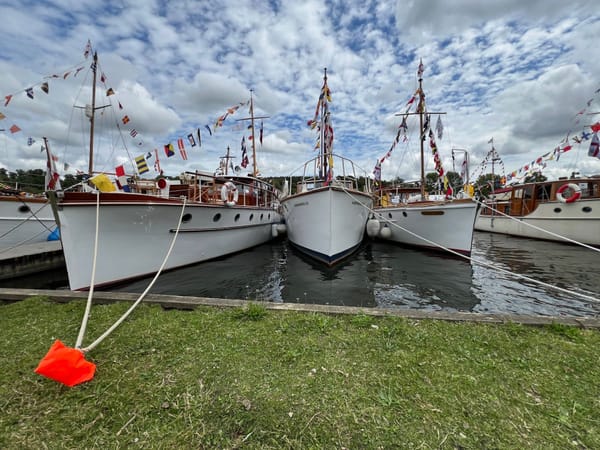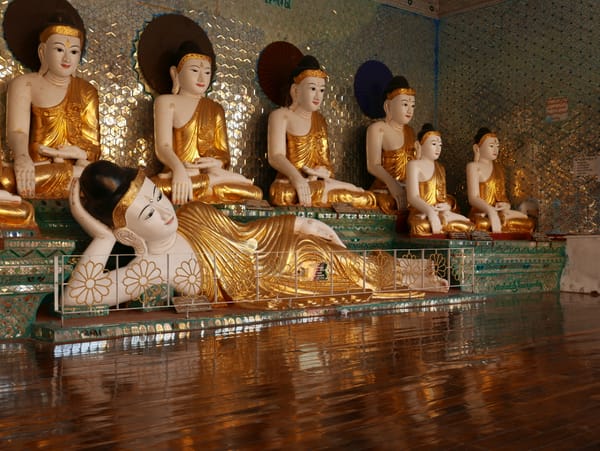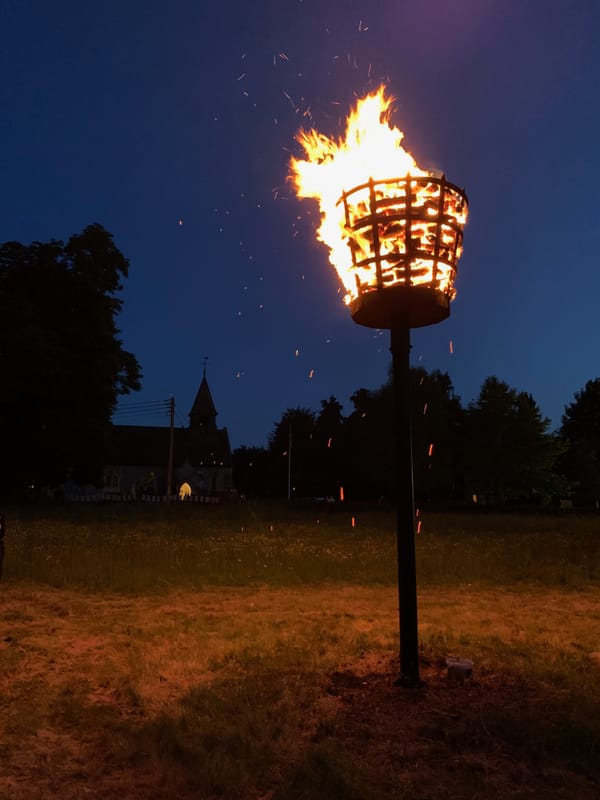Skiing — Park City, Utah — Day 3: Back to Canyons Ski Area
Another fun day at the Canyons Ski Area
February 2015
We decided to spend another day at the Canyons ski area. The day was a lot colder (I added a layer), and there was a 70% chance of snow at 10 am. The ski areas could do with it.
Mid-morning coffee stop
Conditions were still very good, but it was much colder, and the slopes didn’t seem to be as crowded as yesterday.
We stopped at the Tombstone Grill for a snack. According to EpicMix, I had only skied 8,000 vertical feet, yet it felt like more. I had some way to go to beat the 24,000 feet (ca. 7 km) from yesterday.
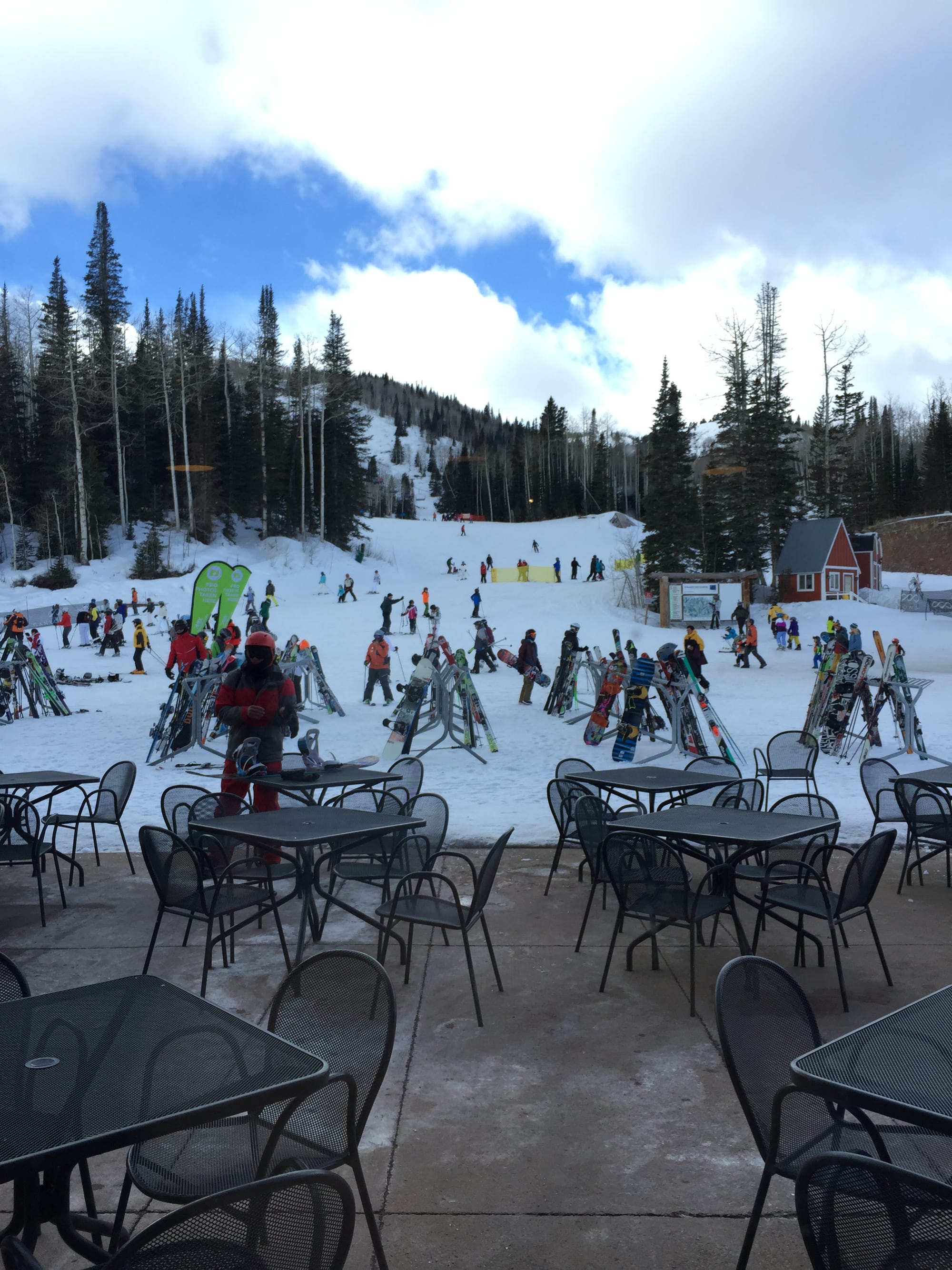
Skiing Canyons Ski Area, Park City, Utah
I did like the ski area.
Considering the lack of snow the area has received, the conditions were very good. Not all the trails had been groomed, but those that had were very skiable with a light dusting of ground-up snow on a hard-packed base. In some areas, the grooming had been overdone. The groomers had managed to produce 6 to 8 inches (ca. 20 cm) of ground-up ice, which was hard to ski (it piles up into bumps that you can't ride over, and they are tough to ski through). This material was quite dangerous as, on several occasions, I was zipping along on packed powder only to come over a ridge and encounter ground-up ice.
As forecast, we did get some snow at Canyons, but it only lasted 30 minutes and didn't do anything apart from putting a very light dusting of sticky wet snow on the trails.
The ski area was quieter than yesterday. Again, most skiers seemed to stick to the centre of the mountain instead of dispersing. There were some lift queues and busy trails just up from the main lodge, but if you moved to the sides of the hill, there were hardly any lift lines, and the trails were quieter. The quietest part of the mountain seemed to be over to the left in the Colony section.
It was another great day on the slopes, which was spent mainly in the sunshine, on good snow, and on relatively empty slopes.
The use of ski lift safety bars in Utah — the mystery deepens
As I skied Canyons, I spent more time thinking about the general reluctance among skiers and boarders to use the safety bar on lifts.
During the day, I carried out some experiments to see if there was a pattern to this behaviour. Was it lift specific? Or group-specific? Or something else?
The experiment was quite simple — we got on lifts with other skiers and boarders and didn't lower the bar. We left it to the others to decide whether the bar stayed up or was lowered. Unfortunately, one unintended side effect of this experiment was several quite scary lift rides with the bar up.
I wondered if it was a specific type of person that didn't lower the bar. I guessed that it would be young boarders and skiers that wouldn't lower the bar and families with kids that would. I was wrong. There was no discernible pattern in our unscientific study. It didn't seem to matter who was on the chair.
On one lift ride, I shared a chair with a ski patrol member. I was surprised that they didn't immediately lower the bar as we left the lift station. After a few minutes, I mentioned that I was surprised that they hadn’t lowered the bar, and they said they were just about to ask to lower it.
I asked about the safety bar issue during the ride, and they said they had also observed it. When I asked why it was happening, there was no real answer. The ski patroller thought that, in part, it was coolness (that doesn't explain families with young kids not lowering the bar) and, in part, a lack of a State Law that required the bar to be lowered. One other passenger on the lift suggested that not using the bar was an expression of the 'spirit of the west' — sorry, but I'm not buying that one.
Guess I will never get to the bottom of the great safety bar mystery.
My EpicPass and EpicMix ski data for Canyons
The EpicPass we were using linked into a tracking system on the mountain, which records our skiing for the day via EpicMix. I’m still not sure how I feel about this.
I have tracked my skiing with a GPS unit for years, but to have the mountain do it for you? Creepy? Or is it?
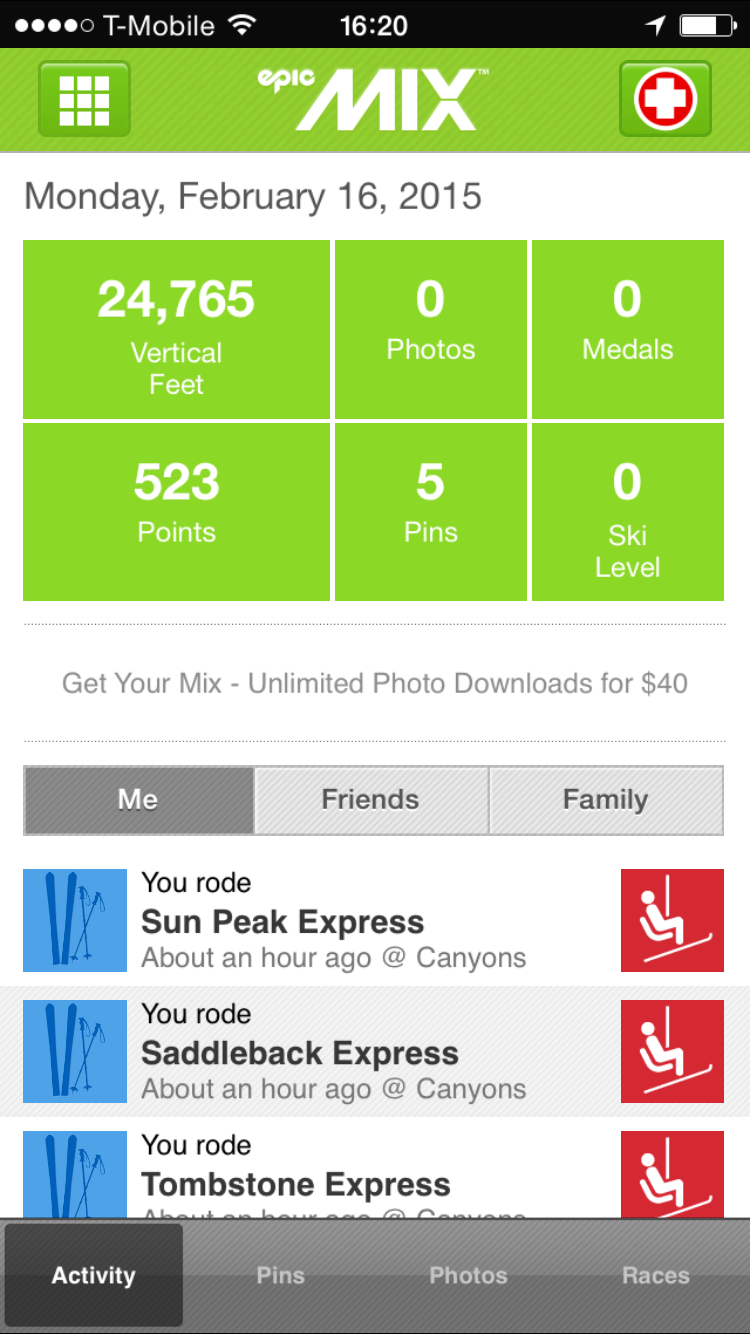
It is great to know where you have been and what you have skied, but what is the company doing with the data? Hopefully, it will be something useful; after all, this is the era of big data.
If the company is analysing the data in real-time, it might be able to work out where the bottlenecks are on the mountain, where the biggest lift queues are, and then redirect skiers to quieter areas. However, I doubt they are doing that, as there was no evidence of skiers being diverted. Maybe that will come? Or perhaps they are using it for long-term planning of future investments on lifts and other things on the mountain? I can only hope.
